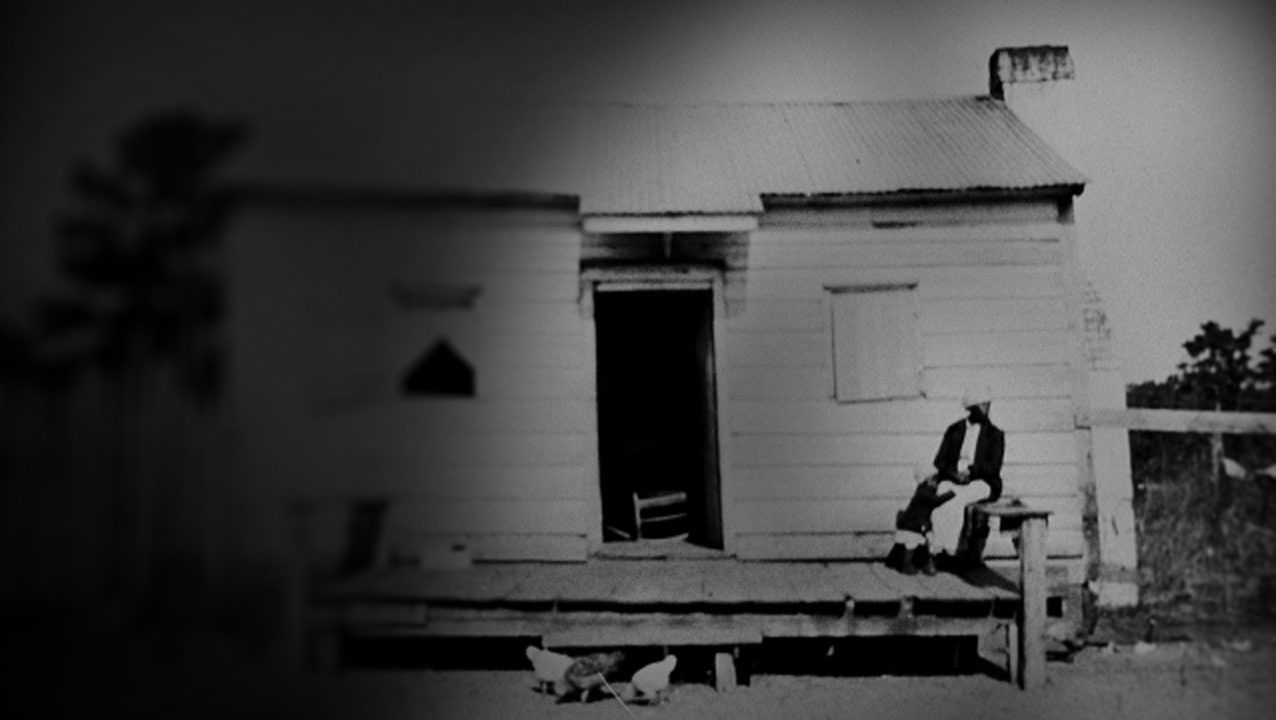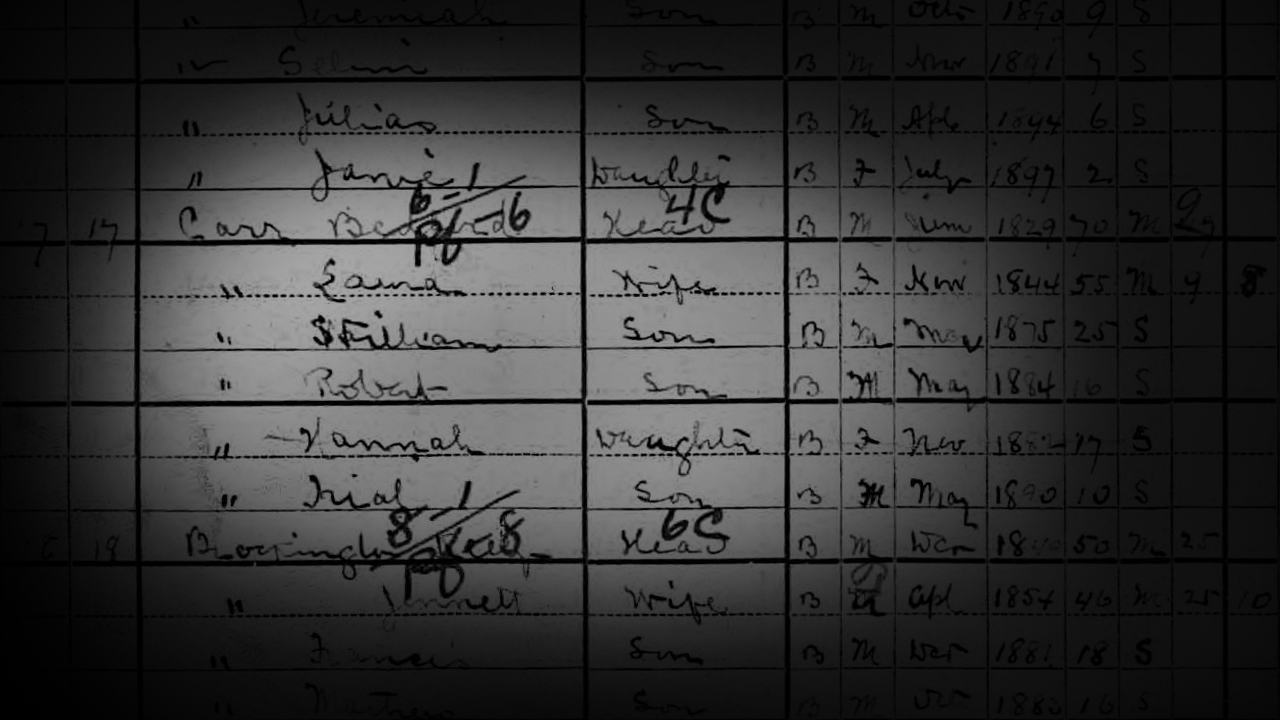The woman in this circa 1905 photo is thought to be Laura Carr, who would have been sixty-one at the time. Carr was born into slavery in 1844 and lived at Friendfield Village until her death in 1935.
She served as a midwife and healer for residents of the four African-American villages at Hobcaw Barony that were occupied during her lifetime.

In the 1900 Federal Census of the Waccamaw Neck, Laura Carr appears in Friendfield Village, age 55. Also listed are her husband, Bedford, 70, sons William, 25, Robert, 16, and Israel, 10, and daughter Hannah, age 17.

The U.S. Census, conducted every ten years since 1790, provides valuable data for African-American genealogy.
Because enslaved people could not vote, own property, or, in most cases, legally marry, the records upon which genealogy is based, such as marriage licenses, deeds and voting rolls, are lacking for many African Americans.
Census records help to fill in crucial gaps, especially before 1868 and passage of the 14th Amendment to the U.S. Constitution. The 14th Amendment granted citizenship to "all persons born or naturalized in the United States," including former slaves.

Despite the often terrible circumstances under which they labored, the Africans and African Americans on Hobcaw Barony created communities that nurtured generations of people.
Today, thanks to the efforts of the Belle W. Baruch Foundation, Laura Carr's home and the other structures in Friendfield Village remain intact, helping to tell the story of these communities.
To return to the trail click NEXT STOP
To return to the Carr house click
